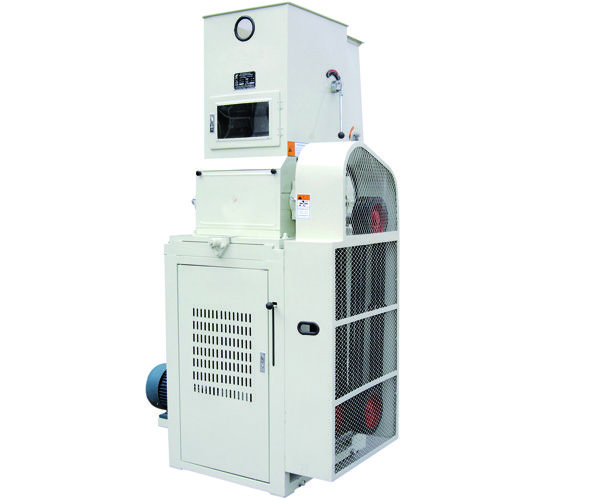Rice huller is a grain processing machinery that removes the husks of rice grains and produces brown rice. It can remove the outer shell of rice grains, reduce grain bursting and skin damage, and try to keep the brown rice intact. Next, the Shandong rice huller manufacturer will introduce its working principle:
It is very important to separate the husks (commonly known as bran) from the mixture after hulling. Due to the large volume, small proportion, and poor dispersibility of the husk, if it is not separated, it will affect the process effect of future production processes. If a large amount of husks are mixed in the process of grain separation, it will inevitably hinder the fluidity of the grain mixture and reduce the separation effect; For example, when a large amount of husks are mixed into the hulled rice, it will also reduce the production capacity of the huller, increase power and rubber consumption. Therefore, setting up a husk separation process after hulling plays an important role in the effectiveness of subsequent processes; The comprehensive utilization of husks is also of great significance. Due to the fact that husks are lighter than rice and brown rice, there is a significant difference in both bulk density and specific gravity. For example, the bulk density of rice is generally around 560kg/m3, while that of brown rice is around 760kg/m3. However, the bulk density of husks is only around 110kg/m3, which is 1/5 of the weight of rice and 1/7 of brown rice. Therefore, their suspension speed also varies greatly. Through measurement, the suspension velocity of husks is 1.5-2.0m/s, while the suspension velocity of rice is around 8m/s, and that of brown rice is even higher. The Shandong hulling machine manufacturer stated that the principle of husk separation is based on the significant differences in physical properties mentioned above, using the effect of wind to achieve the purpose of sorting.
The working principle of the rice huller introduced above can be understood by everyone!

| Previous:The normal operation of the rice mill | next:The normal operation of the rice mill |










